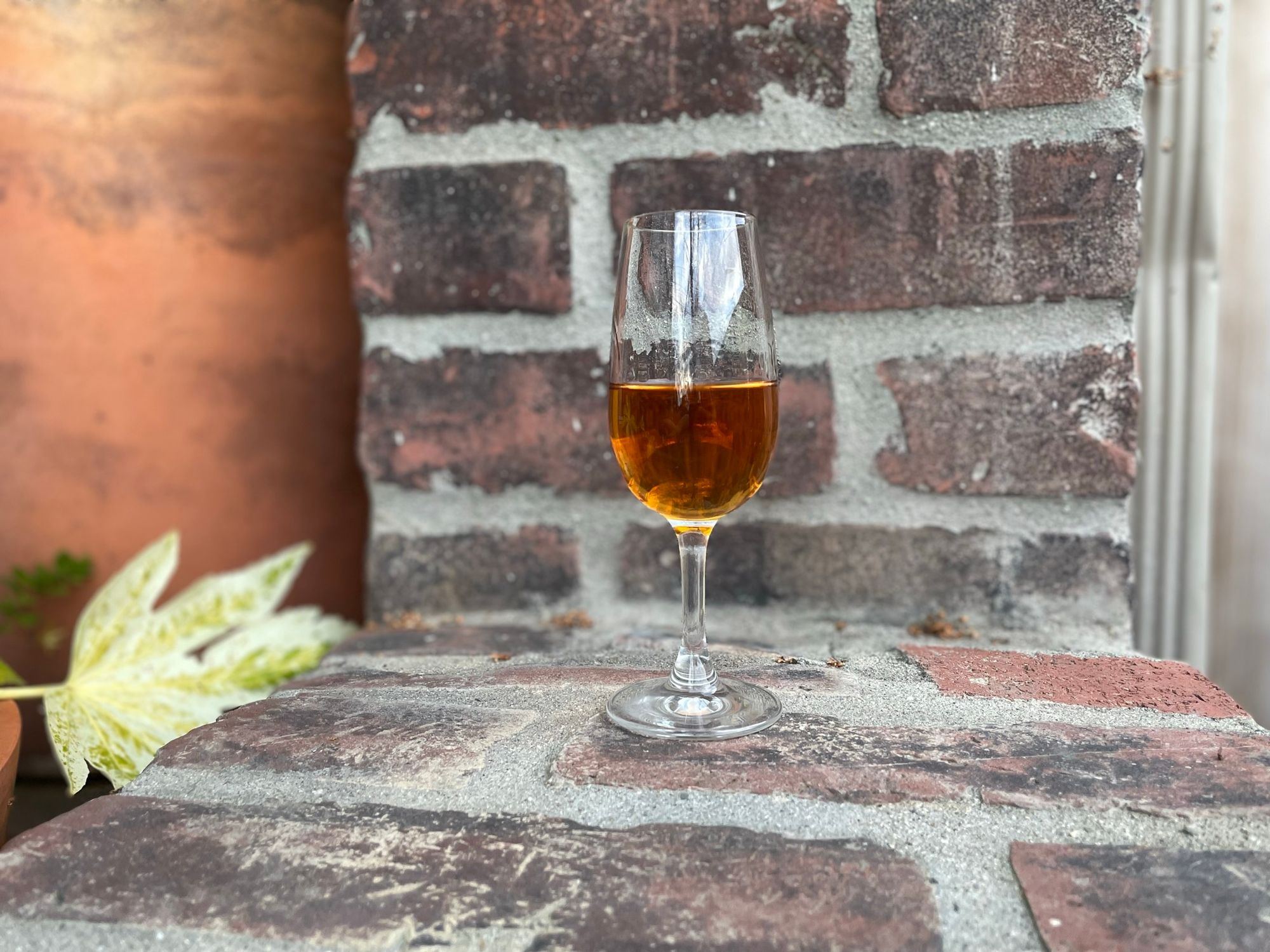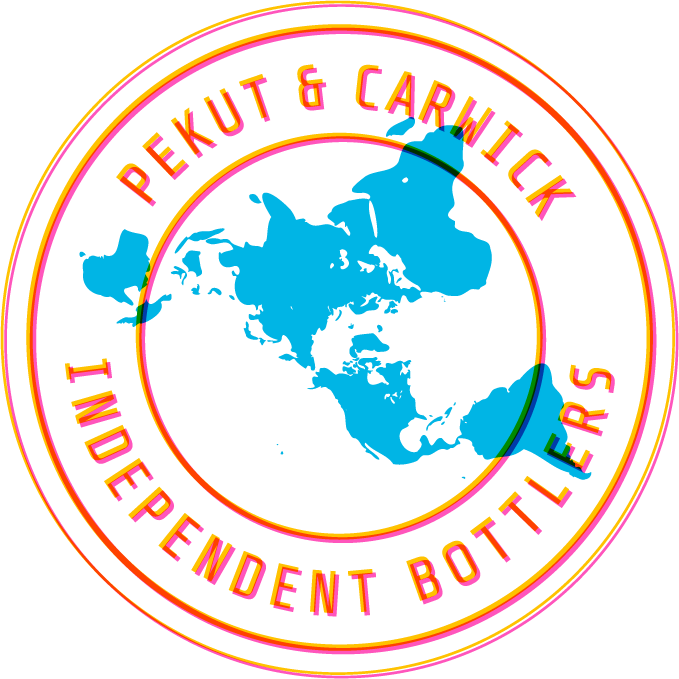It tastes so smooth

I've been to a few distilled spirits tasting events. Here's what happens:
An enthusiastic audience sits down in front of a knowledgeable speaker who provides education, entertainment, and likely at least a little inebriation. Someone usually uses the word "smooth" and someone else is usually visibly annoyed that the word "smooth" has been used.
Fun times are had by all. It's not like I'm going to raise my hand and say, "This tastes bad to me."
But really, something like 99% of what we're drinking is ethanol and water, a mixture that tastes bitter and even causes a burning sensation for most people.
Let's face it, whiskey is mostly made of bad flavors. So why don't we speak up and say it tastes bad? ... Well, it's complicated. Maybe social pressure has something to do with it.
No one wants to be the turd in the punch bowl.
But then there's also that last little bit of volume in your bottle (<1%) that's full of flavor-active and aroma-active compounds. They come from ingredients (barley, corn, sugar cane, etc.), production (fermentation, distillation, maceration, etc.), and aging (barrels, mostly).
Even vodka, the gold standard for purity in distilled spirits, can have up to 2 grams per liter of sugar added - that's roughly 0.2% or 2 PPT (parts-per-thousand). For sweetness, that's near the detection limit for most folks, meaning you might not be able to taste it at all.
But humans are sensitive to most aroma compounds at a few parts-per-million or even parts-per-billion (think teaspoon-in-swimming-pool). Combine vodka with 2 grams per liter of a pungent aroma compound and you might need a respirator and a long pole to approach your sample.
Whether or not we enjoy the flavor of a whiskey (or any distilled spirit) depends on how well these tiny amounts of other chemicals work with water and ethanol to create something more.
The hallmark of a quality distilled spirit is not just how flavors and aromas *mask* water and ethanol, but how well they *integrate* them to create something more palatable, inviting, intriguing.
Something "smoother", if you can forgive the imprecision of the term.

